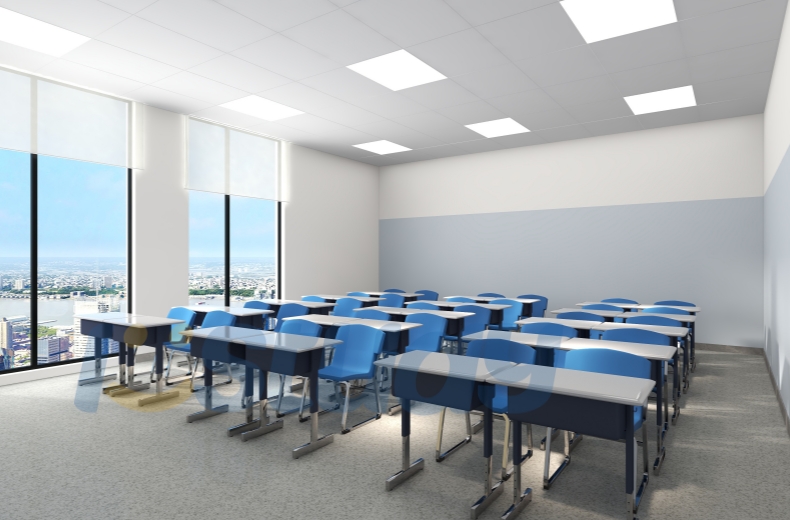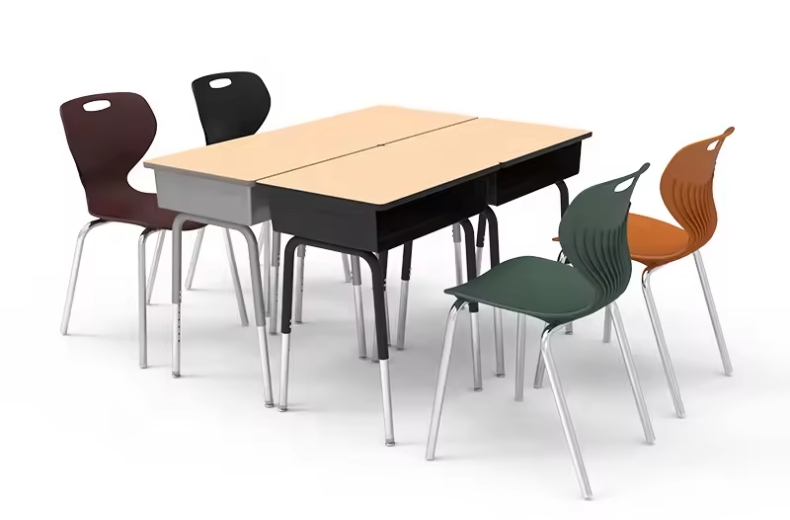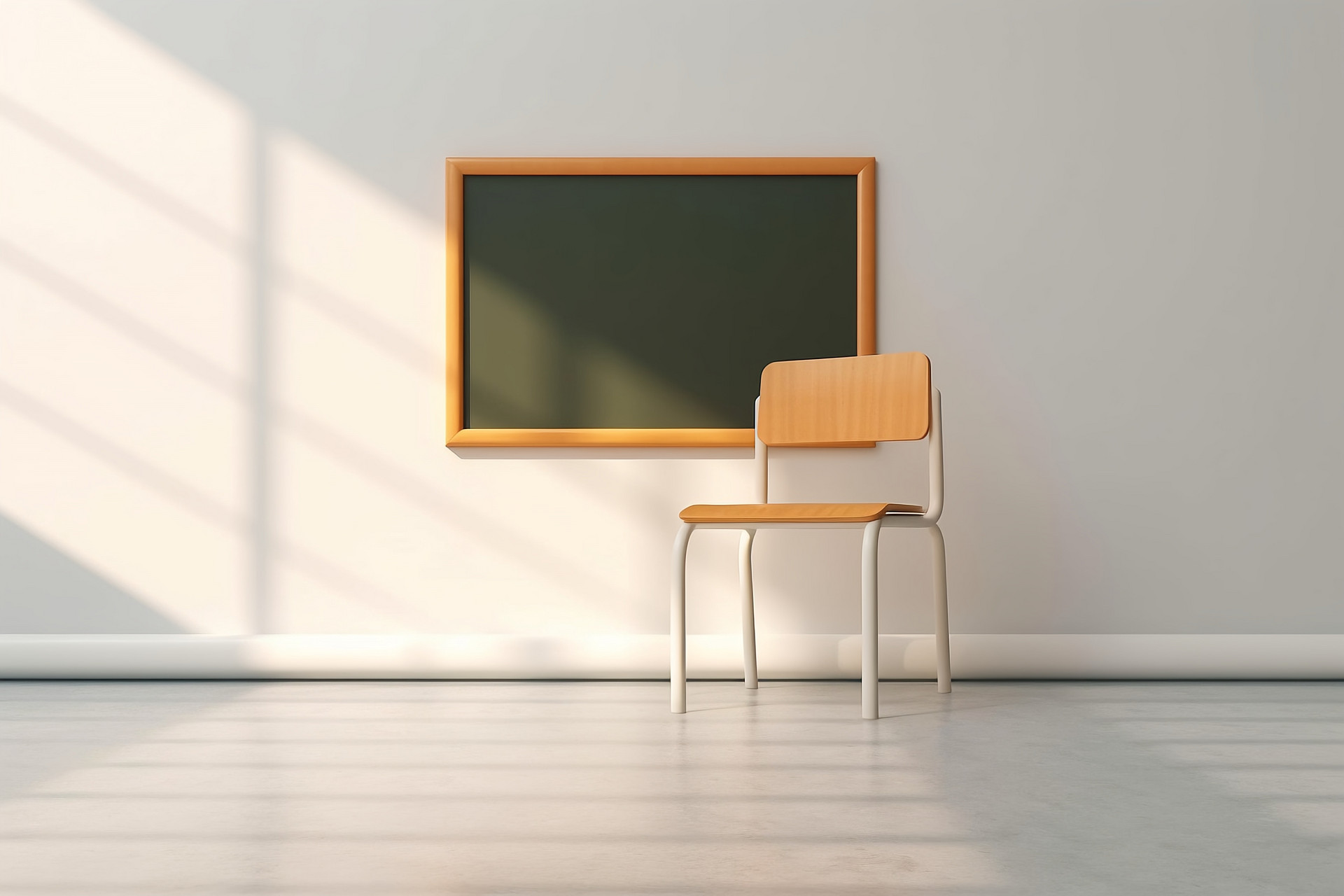Enhance Supervision and Guidance of Desk and Chair Manufacturers
1. Reasonable Desk and Chair Design
In addition to considering practicality, economy, and aesthetics, desk and chair designs must also apply ergonomic principles. The dimensions of the desks and chairs must fit the physical proportions and movements of young students to ensure a healthy sitting posture, which will improve learning efficiency and reduce fatigue and discomfort.

2. Standardized Desk and Chair Production
Production should strictly adhere to national standards, with no deviations. For example, desk heights of 74 cm or 72 cm are not compliant. The national standard specifies desk heights of 70 cm and 73 cm. Before desks and chairs leave the factory, they must include permanent labels indicating the size, model, and suitable student height range, making them easy to identify and use.

3. Material Standards for Desks and Chairs
The materials used must meet certain standards. Firstly, they should be waterproof. The quality of waterproofing will determine whether desks and chairs can withstand immersion in water without deteriorating or deforming, and will also facilitate regular cleaning to maintain cleanliness. Secondly, the materials must be environmentally friendly. Most desks and chairs used in schools are made of wood, and since many school buildings are multi-story, the learning environment must meet safety standards, requiring the use of flame-retardant materials in their construction. Additionally, the paint used on the desks and chairs must be eco-friendly, and desks and chairs containing excessive formaldehyde or other harmful substances are strictly prohibited from entering schools.

